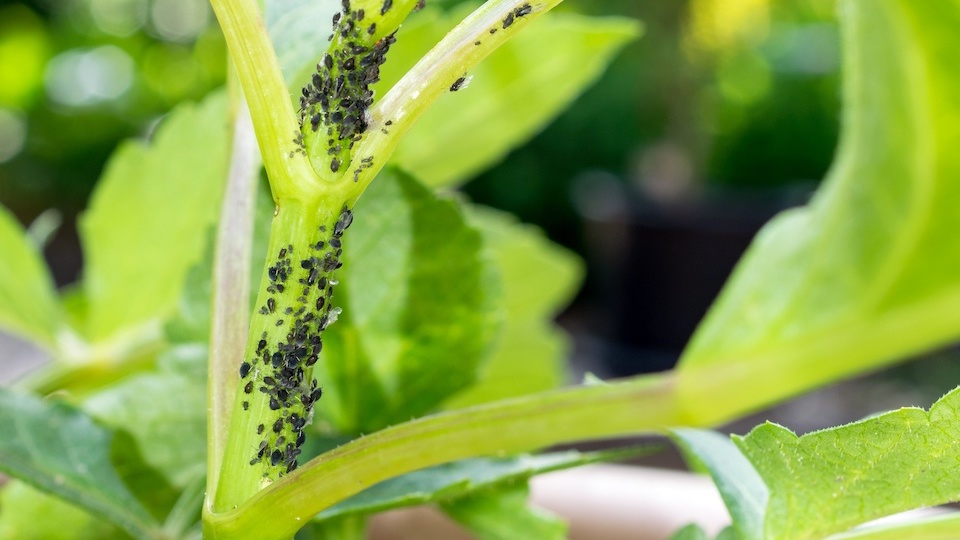They may be tiny, but they are also insanely damaging. Aphids are among the most destructive insect pests on garden plants in temperate growing zones. They cling to plants and suck sap, which weakens the plant and makes it susceptible to a host of viruses. They also leave ugly honeydew deposits (a sugary, rich liquid) on leaves, closely followed by sooty mold growth.
If you are a gardener who has battled aphids, you know all too well how troublesome they can be. The good news is, taking some precautionary measures minimizes the damage caused by these sneaky little pests.
What you need to know about aphids
Aphids love to dine on tender new growth and nimble on soft stems, buds, and fruit. They like company and rarely dine alone. Instead, you will find hoards of aphids feasting together. Aphids overwinter in an egg stage and hatch in the spring. In some warmer regions, they may be an issue all year long.
Depending on how many groups of aphids have infested your garden, severe damage may occur. This is especially true if aphids are left untreated, which results in generational damage, year after year. The optimal eradication strategy is to get them early before they have time to reproduce.
Upon inspecting your plants, look for curled or yellowed leaves and stunted growth. Plants infected with root aphids (often found on indoor plants and herbs) may develop diseases like root rot and mildew.
How to fight back
I want to share some of my favorite non-chemical aphid eradication tips that I have discovered after lots of trial and error. Keep in mind, aphids multiply rapidly, and it takes perseverance and patience to banish them once and for all.
Hand-picking
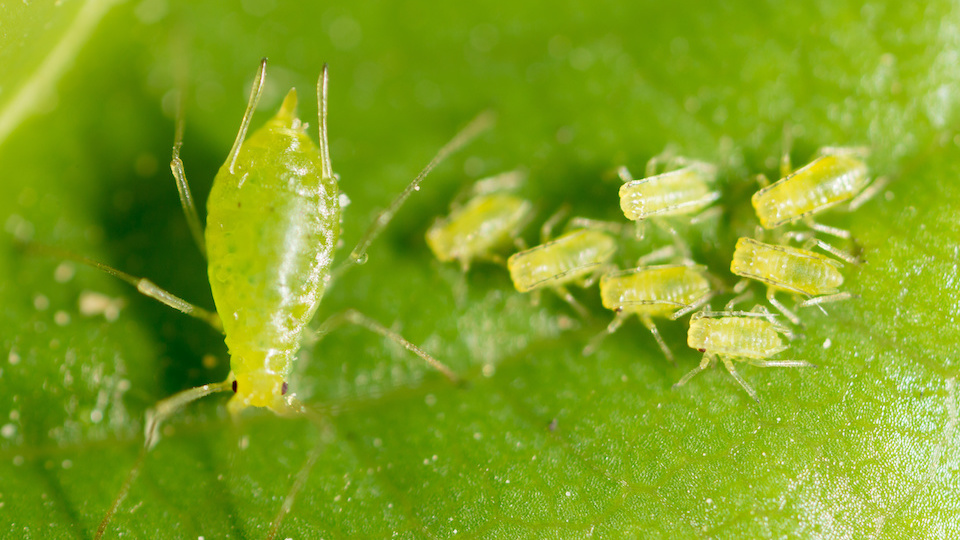
If you only have a few precious plants suffering from aphid inhabitation, hand-picking is the way to go. Yes, it can be laborious, but it is quite useful in the long run. Once you have some garden gloves on, begin knocking aphids off stems, leaves, and buds and into a dish of soapy water. It can also be useful to prune away infected parts and place them in soapy water.
Water shot
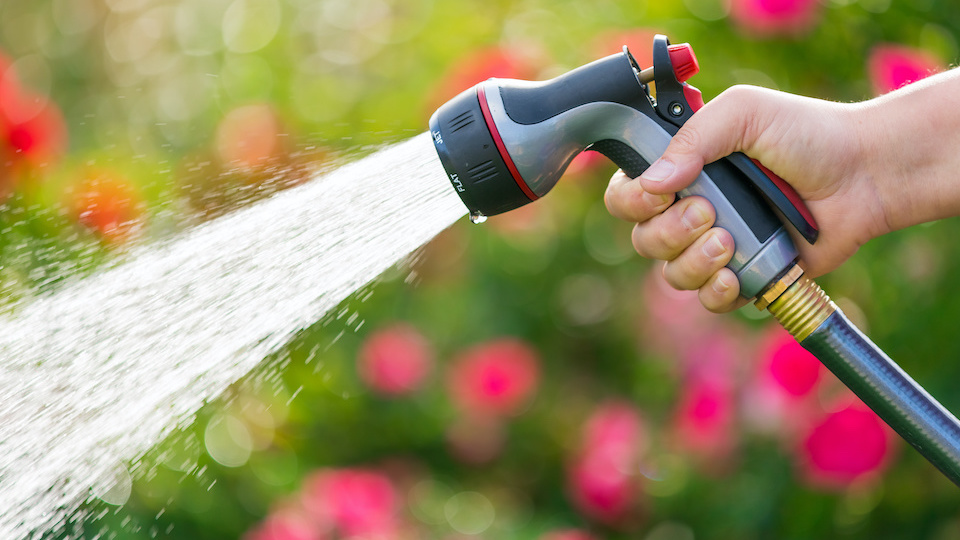
For more or bigger plants, the “water shot” method works very well. You can replicate it with indoor plants by using the sprayer function in your kitchen sink. Simply spray the aphids off of the plants using a strong stream of water from your garden hose. For this control measure to work well, it must be done early in the season before the infestation gets too large. Also, this is not the best method to use on delicate plants.
Homemade aphid sprays
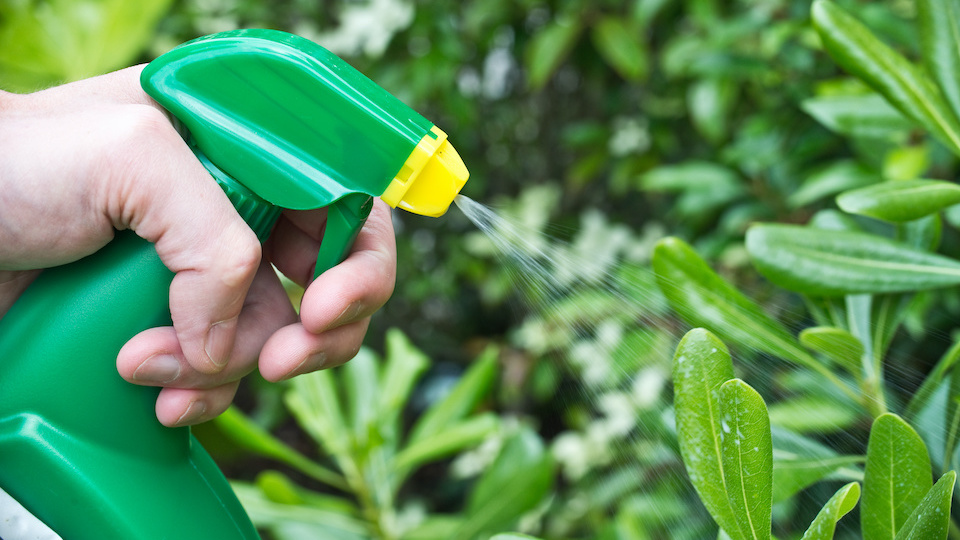
These sprays are a great way to mitigate aphid damage. Repeat weekly or after rain for best results.
Soap and Oil Spray
This aphid spray is also effective on other soft-bodied insect pests such as mites and scale. It is one of my favorite ways to control aphids in container gardens and on indoor plants.
What you need
- 1 Tbsp Dawn dish soap
- 1 cup vegetable oil
- 2 cups water
How to make it
Mix all ingredients well in a spray bottle. Spray the top and underside of the infected plant’s leaves once a day for four to seven days until you see no sign of aphids. Apply only in temperatures under 85 degrees F.
Stinky Spray
Another aphid spray recipe is one that has been passed down through generations. It employs the popular garden plant, garlic. The best thing about this homemade spray is that it does not kill beneficial insects. The spray makes plants so offensively smelly that bugs choose to lay their eggs elsewhere.
What you need
- 1 garlic head
- 2 cups hot water
- 1 Tbsp dish soap
- 1 Tbsp hot pepper flakes
How to make it
To make this odoriferous spray, crush a garlic head and place it in 2 cups of hot water. Strain the mixture and put the garlic pieces in your compost pile. Pour the garlic water into a spray bottle. Add a tablespoon each of dish soap and hot pepper flakes. To use, spray the tops and bottoms of leaves thoroughly and repeat as needed.
Natural predators
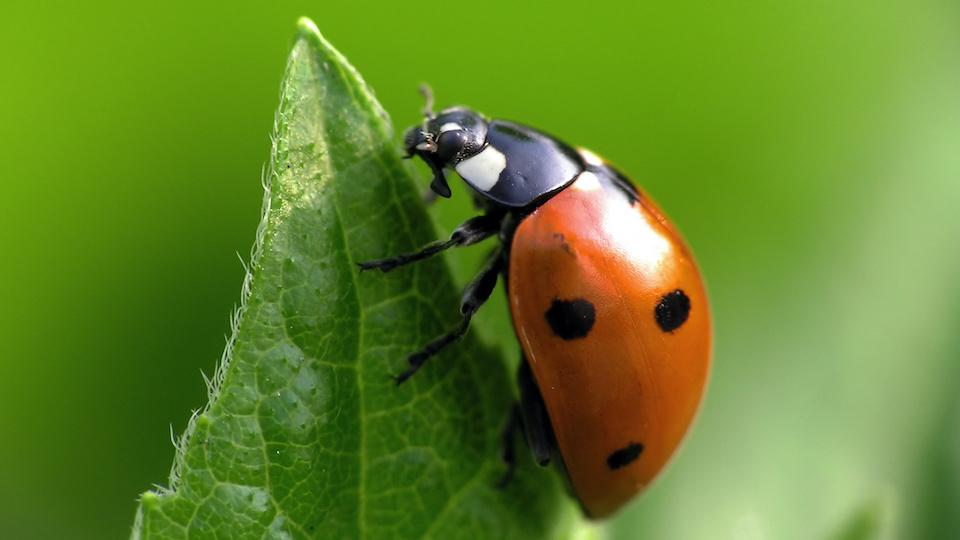
In my vegetable garden, I use my favorite natural predator, ladybugs. It is not the adult ladybugs that do the work but the larvae that they lay. Your aphid infestation must be severe enough to keep the ladybugs around long enough to mate and lay eggs. Purchase live ladybugs online or at some garden nurseries. For best results, spray your garden before releasing the ladybugs. Doing this will help them become adequately hydrated so that they can do their job well. Be sure to cast out your ladybugs in the early morning or evening when temperatures are cooler. Since most ladybugs will fly off to a new location a few days after their release, it is essential to repeat this control method several times or until your aphid issues are long gone.
Other natural predators of aphids include green lacewings, which can also be purchased online. Like the ladybugs, it is their larvae that eat aphids.
Birds will also happily munch on aphids, especially wrens and chickadees. Put up birdhouses and provide fresh water to help keep your flying friends around. Also, provide small shrubs or trees for a place where birds can take cover.
Why growing the right plants is important
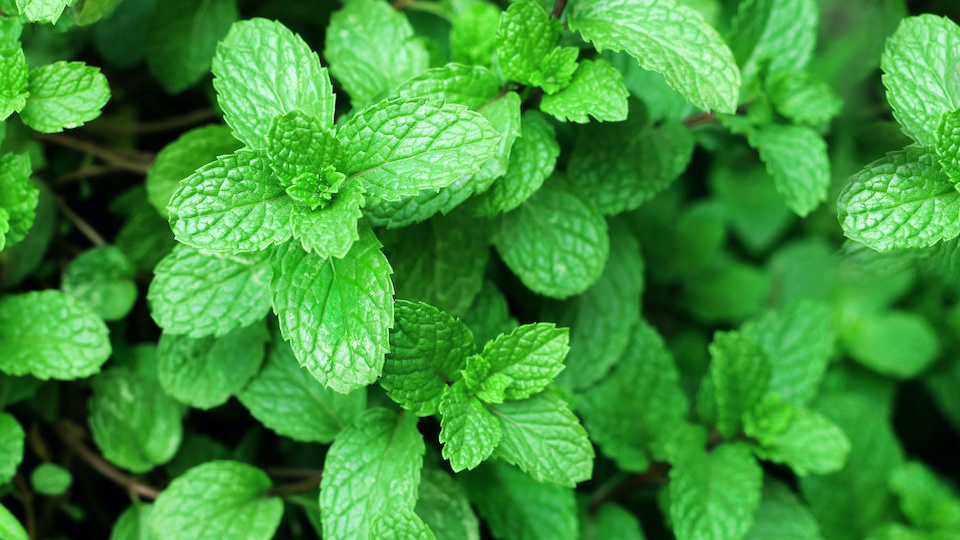
The more beneficial insects that you can attract to your garden, the fewer aphids you will have. The best way to attract the good guys is to put plants to work. Cultivating varieties that serve as a beacon for helpful insects is one of the best ways to keep your garden plants happy and healthy. Some great options include clover, mint, fennel, dill, and yarrow. Some plants serve as natural aphid repellents, including chives, onion, catnip, and garlic. Another interesting tactic using plants is to grow some plants near your garden that aphids love. This trap technique works well to keep your beloved garden plants safe. Useful trap plants include asters cosmos, dahlias, and zinnias.
Did you know? Aphids especially love roses. Check your rose bushes daily for signs of infestation or damage. Keep spent blooms picked off and the ground under your bush clean of debris to help protect plants.
Use multiple strategies
To keep aphids on their toes, use multiple strategies together, and don’t give up! It is easier than you think to have an aphid-free garden.
Happy growing,
-Susan Patterson, CBHC, Master Gardener


